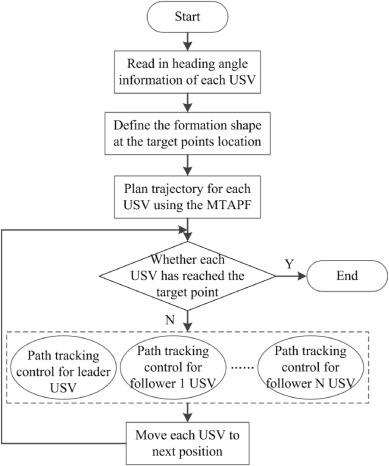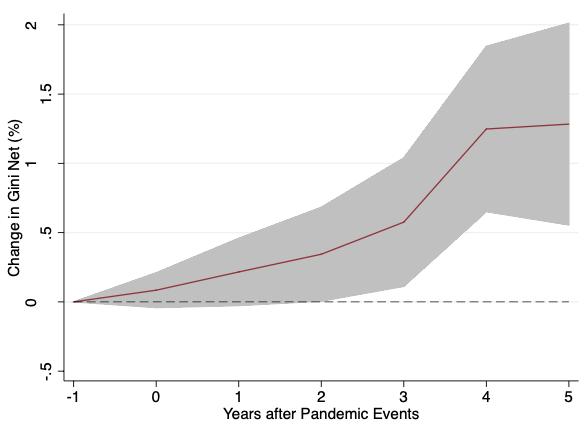With the development of social economy, people's living standards have improved significantly, and tourism has become one of the most enthusiastic ways for people in their spare time. For tourists, the terrain of scenic spots is often rugged, so it is essential to keep enough energy to visit them. At the same time, for scenic spots, an efficient tour path can also reduce the congestion of scenic spots and improve the resource utilization of scenic spots, which is conducive to the sustainable and healthy development of scenic spots1. Therefore, reasonable tour path planning is very important to tourists' experience.
For the optimal path solving problem, researchers have proposed many classical algorithms including dijestra algorithm, Flow Direction algorithm2, etc. Dijkstra algorithm was proposed in 1959, and the algorithm is suitable for static networks, that is, when the weight in the network is fixed and there is no negative weight3. In the improvement of the algorithm, Zhang et al. proposed a path planning method based on dijkstra, which can save driving time and oil consumption4. Rosita et al. used vector normalization technology combined with dijkstra algorithm to achieve the optimal distribution path of products5. Sabri et al. used the combination of dijkstra algorithm and ant colony algorithm to find the safest escape path in high-rise buildings6. Ant colony algorithm was proposed by Italian scientist Dorigo according to the foraging process of animals, and the algorithm was originally used to solve the traveling salesman problem7. After that, many researchers improved the algorithm, for example, Zhou et al. optimized the intelligent logistics distribution path based on the improved ant colony algorithm, which was better to improve the dynamic optimization performance of the algorithm8. Yu et al. combined a special genetic operator in the ant colony algorithm, which not only avoids the local search limitations of the ant colony algorithm, but also enhances the global optimal searching ability of the ant colony algorithm9. In addition, there are many algorithms and improvements for solving the shortest path problem, such as, Miao et al. proposed an improved adaptive ant colony algorithm. While improving the real-time and security of robot path planning, balance the convergence and global search ability of ant colony algorithm, and transform the path planning problem into a multi-objective optimization problem by introducing multi-objective performance index, so as to realize the global comprehensive optimization of robot path planning10. Hsieh et al. proposed a route planning algorithm which combines the two-way fast-exploring random tree algorithm and greedy algorithm to generate various route planning schemes for ice navigation, and evaluated and selected a relatively optimal route with a lower risk scheme through a risk index11. Rakita et al. proposed a new sampling-based path planning method, which quickly finds solutions to high-dimensional path planning problems by minimizing the number of collision check samples12. Pan et al. used the improved floyd algorithm to design the optimal delivery path for take-out food, so that the travel time of the vehicle after optimization was shortened and the time efficiency was improved, but the algorithm did not consider the impact of road conditions13. Wu et al. combined normal distributed random numbers with genetic algorithms, and considered traveling least costs and the traveling highest experience index to construct the optimal tourism path14. Although the algorithms have been improved for their respective problems, some of their inherent shortcomings are difficult to eradicate. As the most effective direct search method for solving the shortest path in static road network, A* algorithm has been improved countless. Wang et al. Introduced the turning factor into the A* algorithm to solve the K shortest path problem. At the same time, they proposed a dynamic path planning method based on the A* algorithm, which can effectively search the shortest path and avoid collision15. Liu et al. Proposed an improved A* algorithm to solve the combination of normal channel and berthing channel16. Uttendorf et al. combined the fuzzy inference system with the A* algorithm to generate a path map for automatically guided vehicles17. Das et al. proposed an online path planning method based on an improved real-time A* algorithm, which plans the optimal path by avoiding obstructions and minimizing time, energy, and distance as the cost18. Shin et al. proposed an improved A* algorithm using Automatic Identification System (AIS) and weather data, and it finds the optimal paths by minimizing the estimated time of arrival generated by machine learning through 16-way node exploration19. Alani et al. proposed a new technique that consists of a hybridizing of A* algorithm and ant colony optimization, and the new technology can more accurately find the best parking path20. Pradhan et al. and Pardines both proposed to implement shopping guide path recommendations based on consumers' shopping lists, but they did not consider the problem of supermarket space modeling21,22. Ma et al. proposed a navigation path planning method for articulated underground scrapers based on improved A* algorithm to improve search efficiency23. Rahul et al. solved the problem of robotic path planning using a combination of A* algorithm and Fuzzy Inference, which finds the shortest path and generates the result in a finite time24.
In the above path planning study, there are many Dijkstra methods and swarm intelligence algorithms. Although the algorithms have been improved for their own problems, the inefficiency of the Dijkstra algorithm itself and the problem of the ant colony algorithm which is sensitive to the algorithm parameters are difficult to solve. In addition, the improvement of A* algorithm still has the problem of ignoring road cost. In order to provide better scenic route planning for passengers, this paper presents a route planning method based on improved A* algorithm. By exponentially weighting the heuristic function of the A* algorithm, the calculation efficiency of the algorithm is improved, and the A* algorithm is improved by using the road condition information of scenic spots as the evaluation index, which makes the algorithm more applicable to the actual scenic spot route planning.





